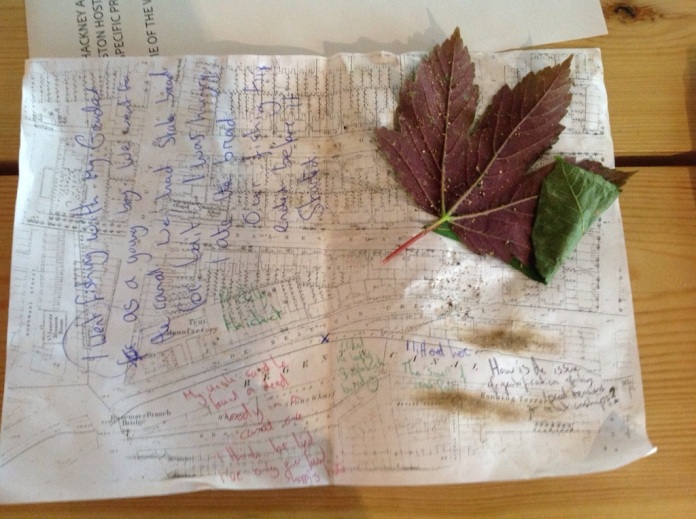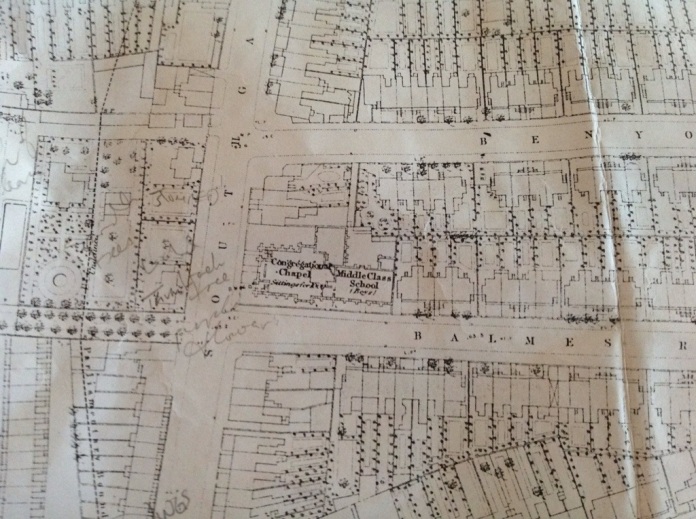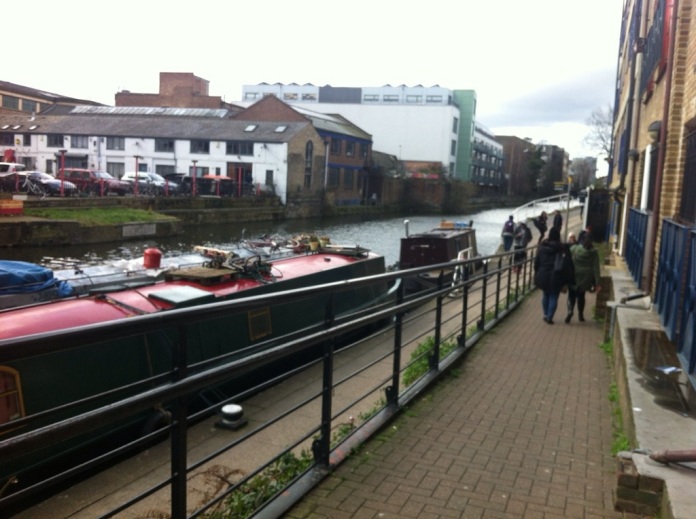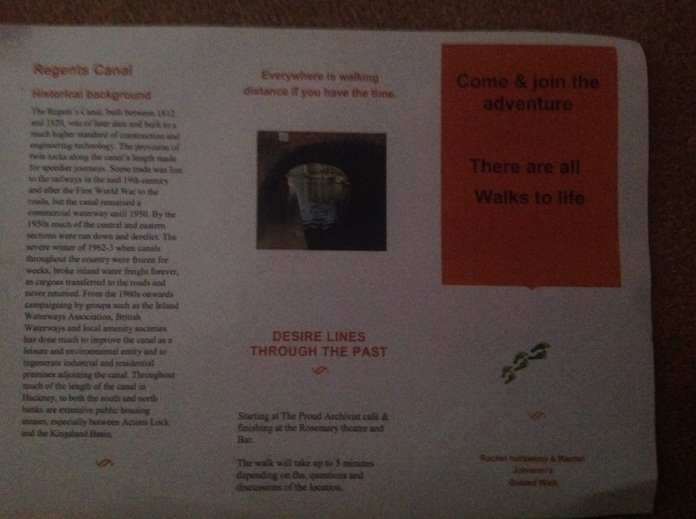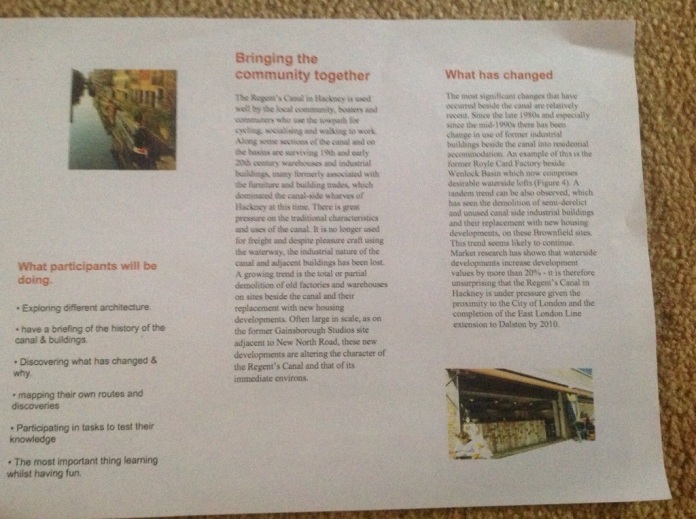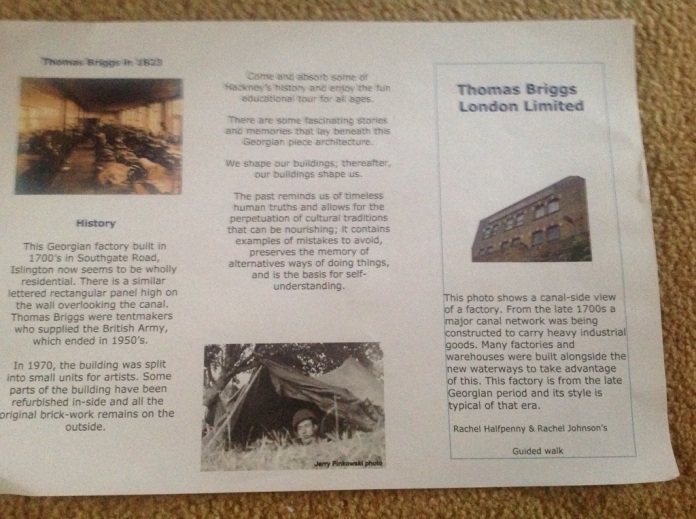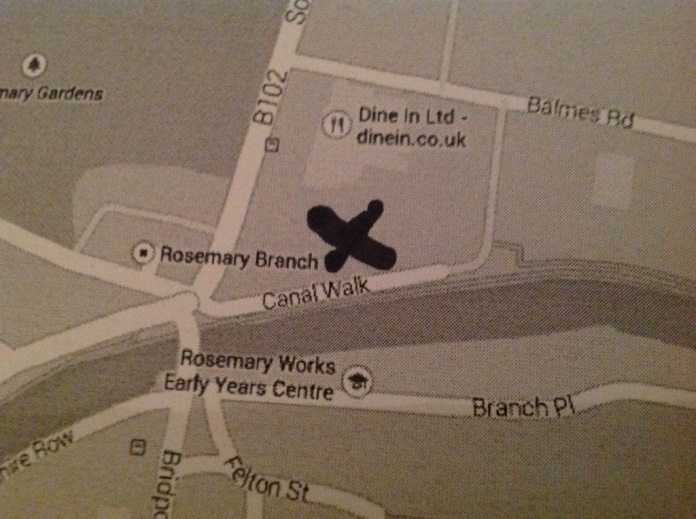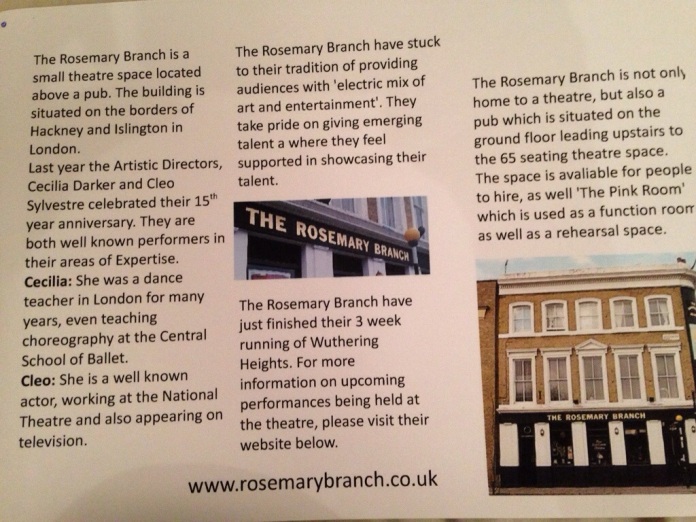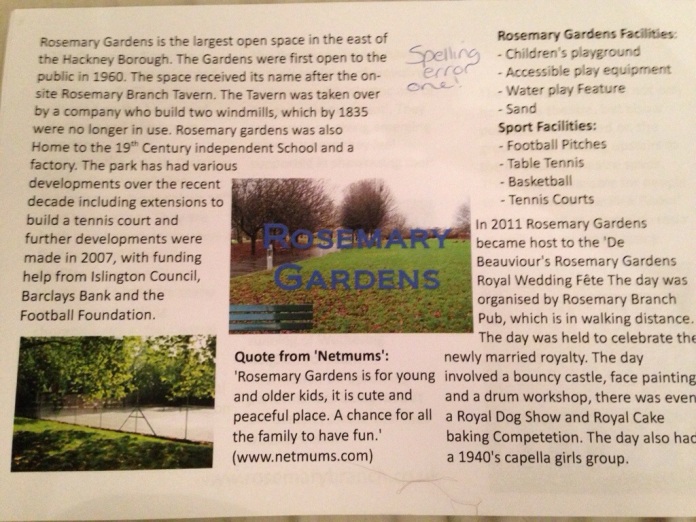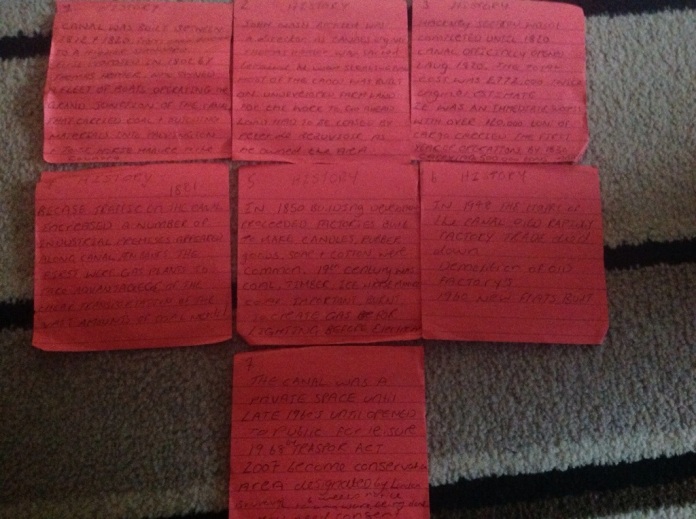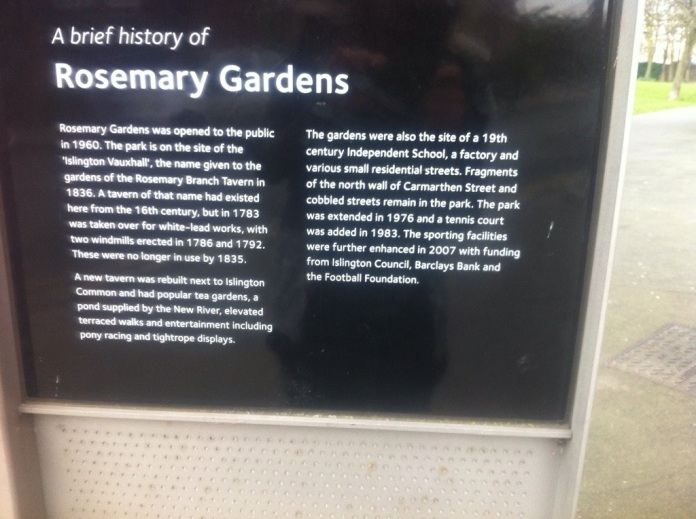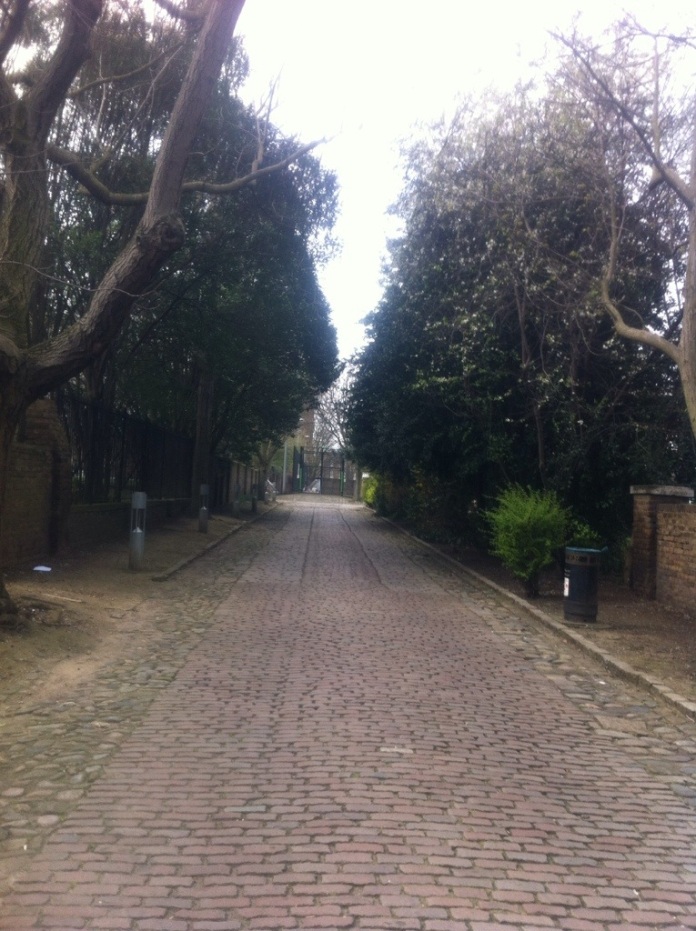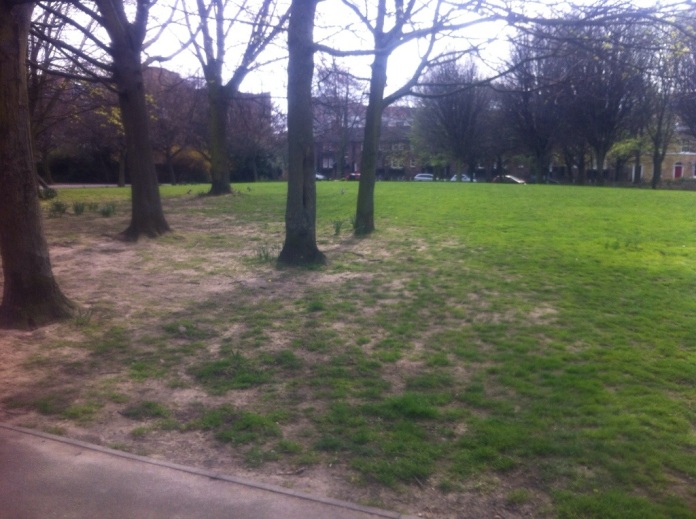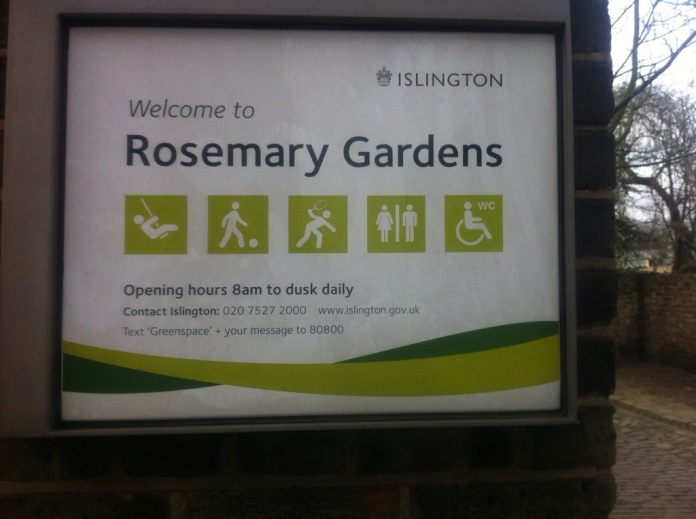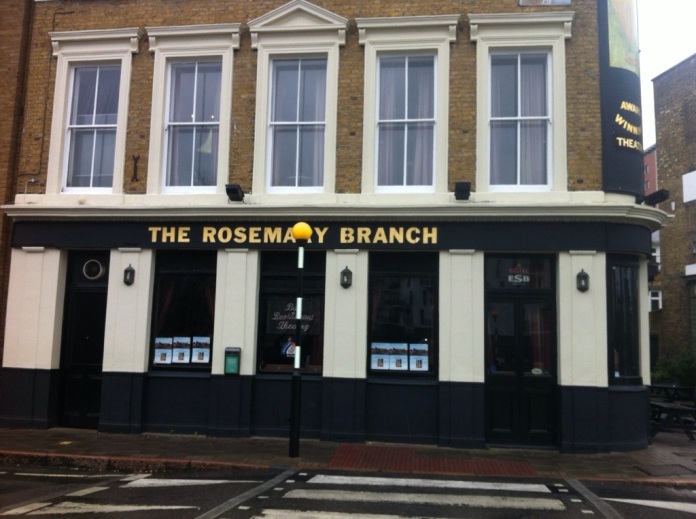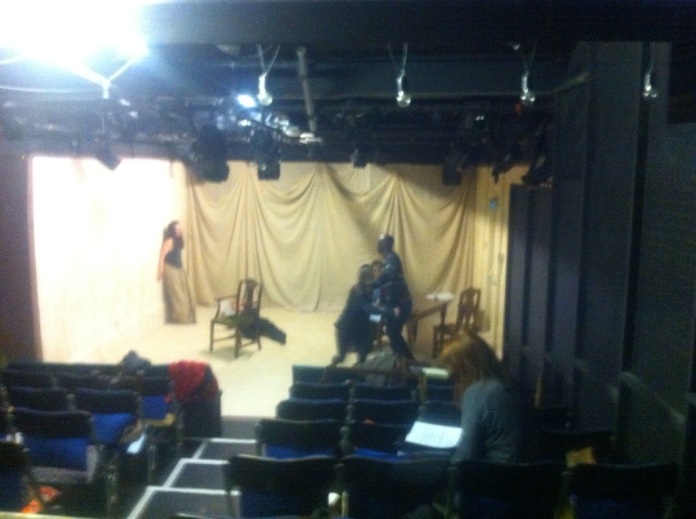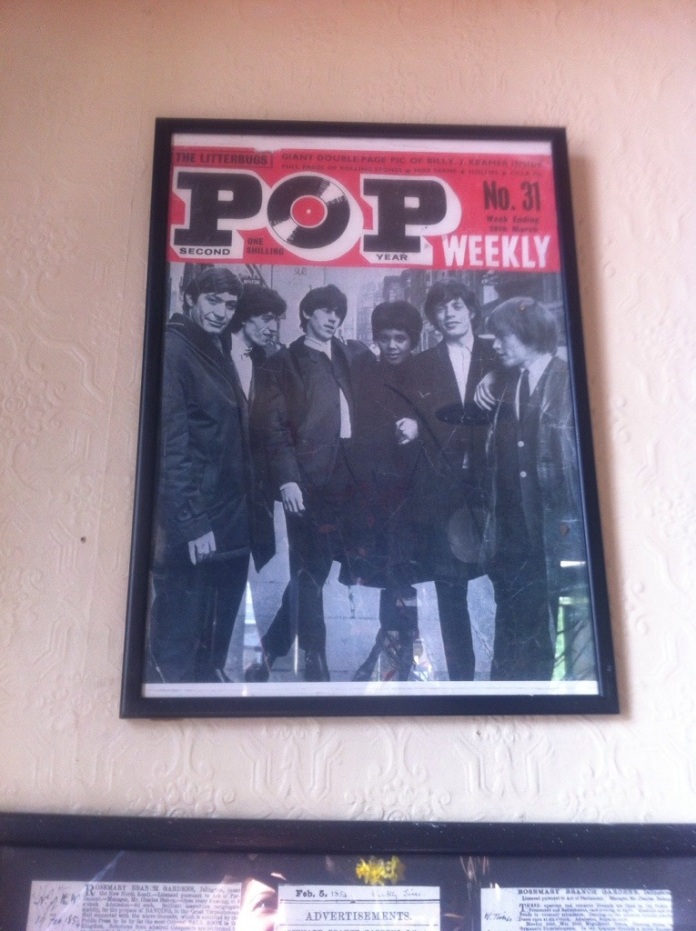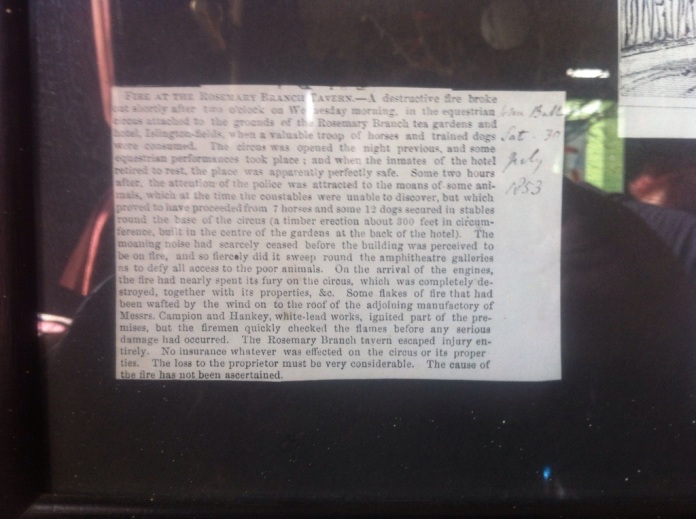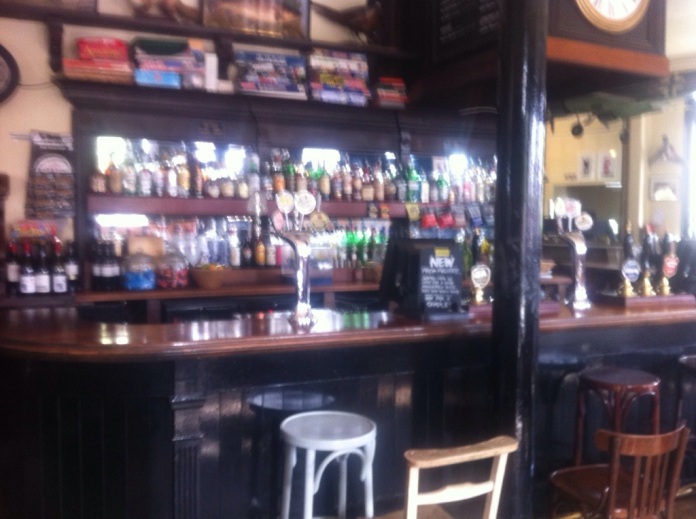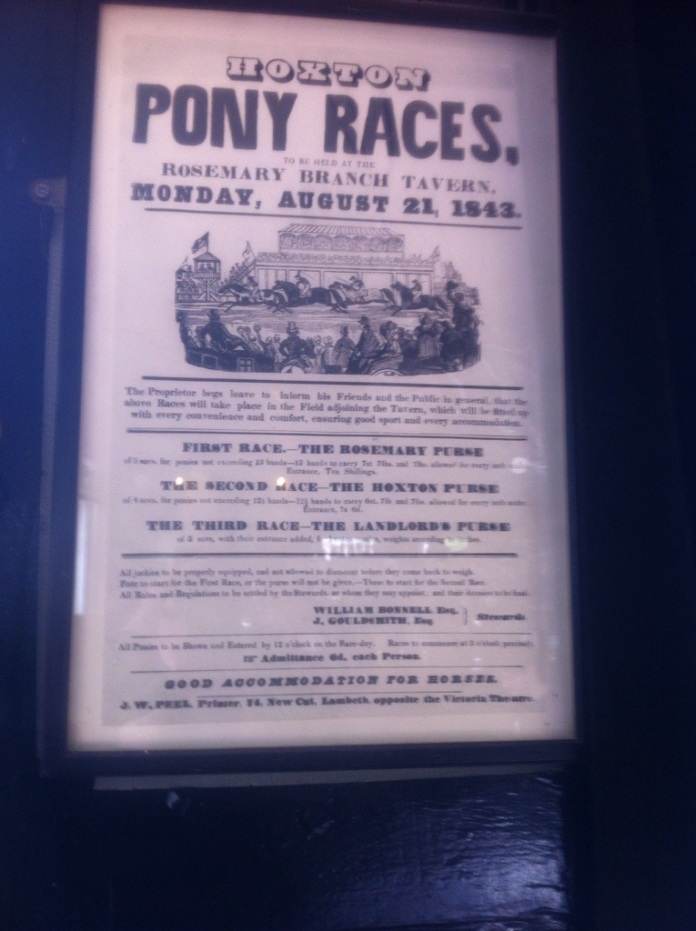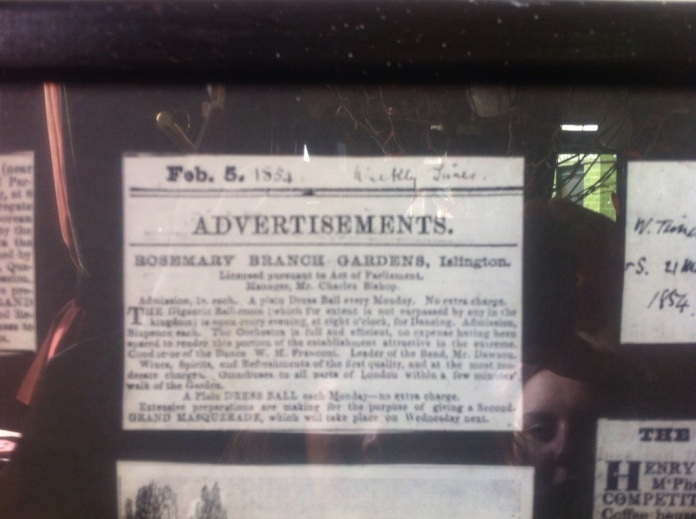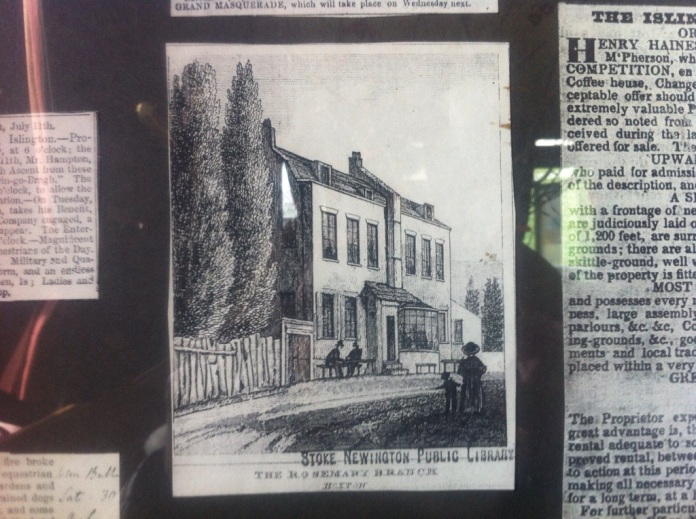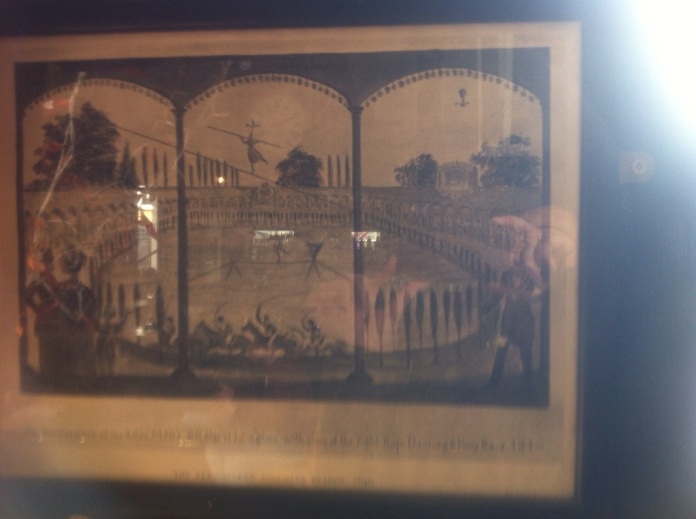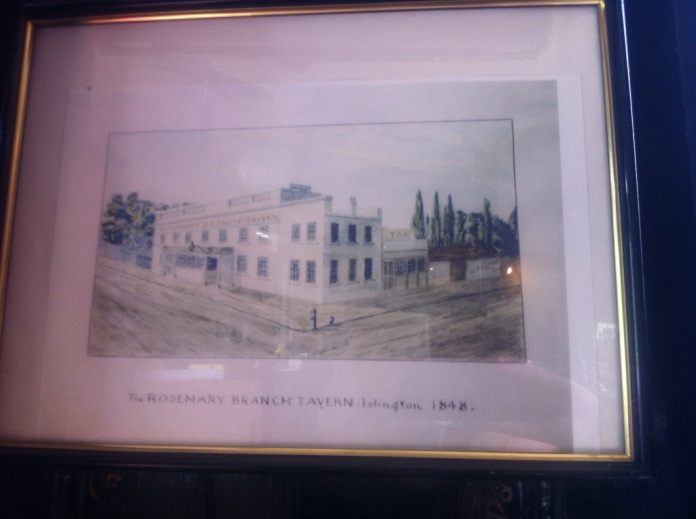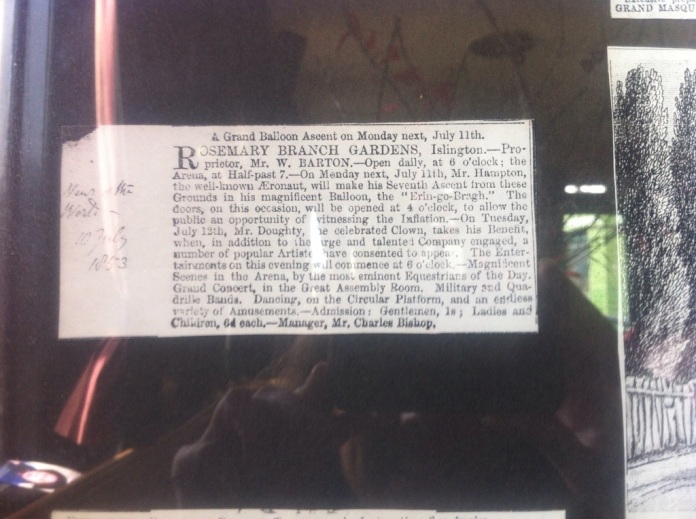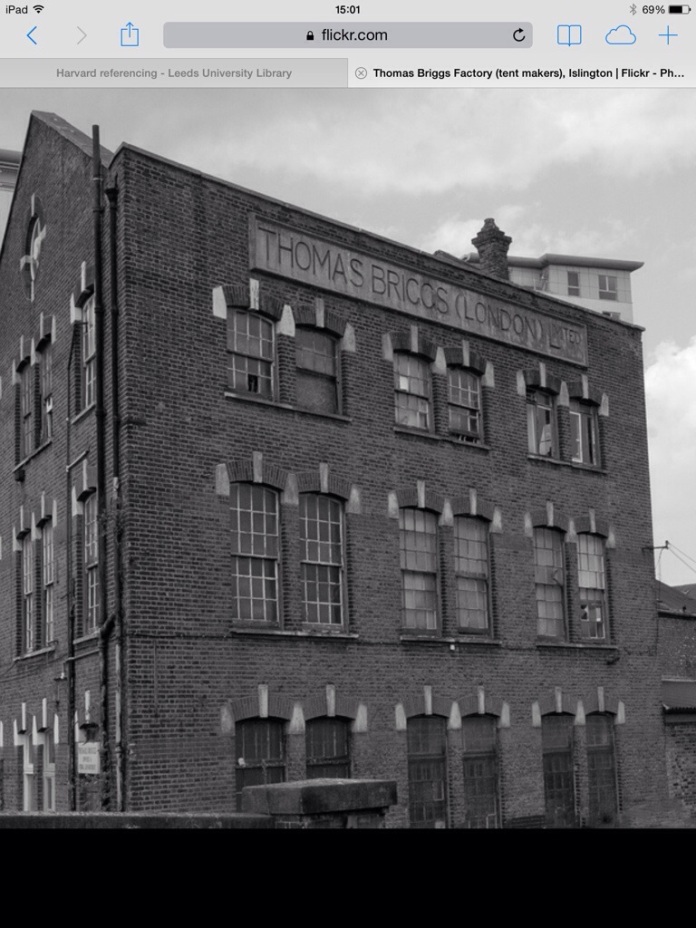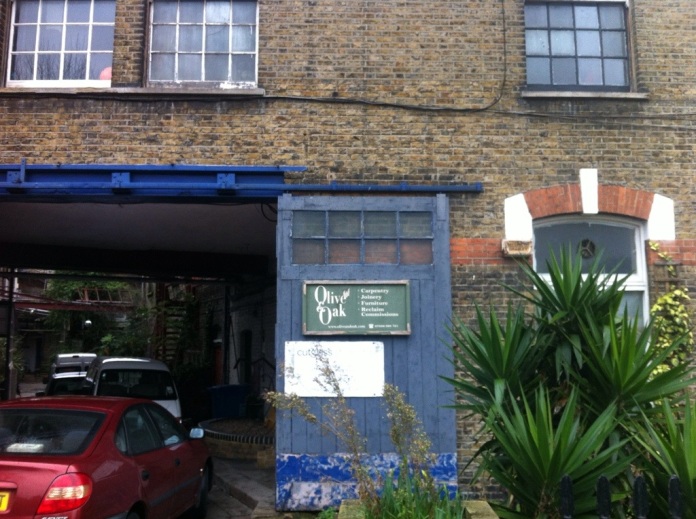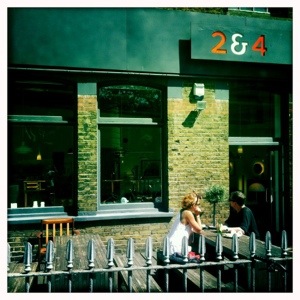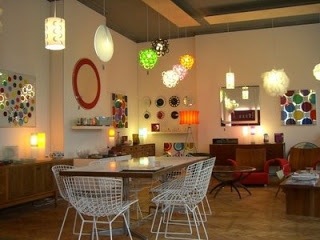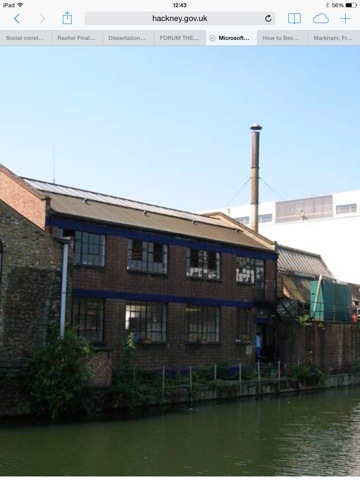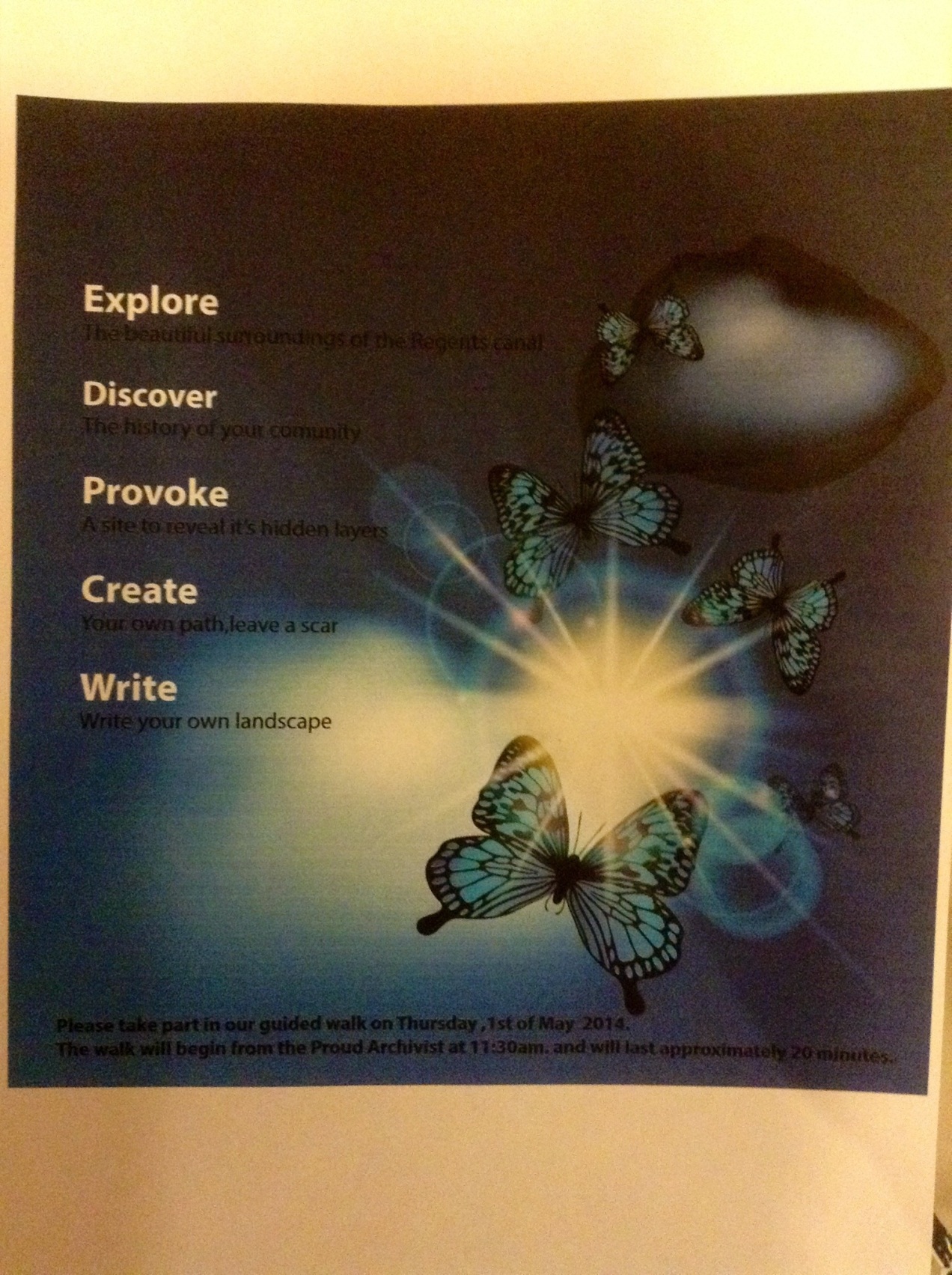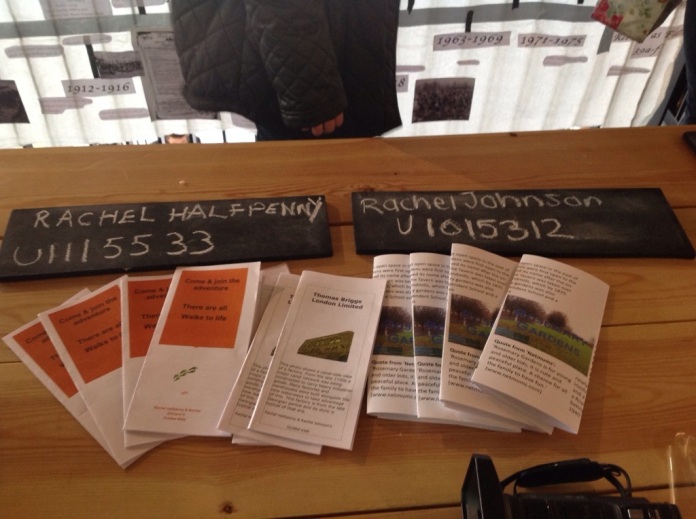
Today I was really excited to show the rest of the group what work myself and Rachel had produced. We met at the Proud Archivist where other groups were setting up their projects, in different spaces. Everybody was expected to be ready for 10 am and the running order of the day is displayed below.
Noisy Maps, Silent Walks (10am) – continuous
Behind Closed Doors (10am) – continuous
We Want You! (10am) – continuous
Hate and Space (10am) continuous
The Madness Within (10.15am) Performance
Desire Lines through the Past (10.15am) Every Hour
Change…What Change? (10.30am) Continuous Installation
Body Mapping (10.30am) Performance
The Lover (11am) Performance
The Madness Within (11am) Performance
Desire Lines through the Past (11.15am) Every Hour
Body Mapping (11.30) Performance
Bath (11.45am) Performance
The Lover (12pm) Performance
Change…What Change? (12.15pm) Performance
Desire Lines through the Past (12.15pm) Every Hour
The Madness Within (12.15pm) Performance
Body Mapping (12.30pm) Performance
Bath (12.45) Performance
The Lover (1pm) Performance
Desire Lines through the Past (1.15pm) Every Hour
The Madness Within (1.15pm) Performance
Change…What Change (1.15pm) Performance
Body Mapping (1.30pm) Performance
The structure of the walk:
I will facilitate the walk and discuss the Regents canal and Thomas Briggs locations and Rachel. J will take the lead on the Rosemary Gardens and the Rosemary Branch Theatre.
I felt a bit disappointed because the weather was awful and due to the heavy rain fall, I thought to myself people would not want to take a long walk in the rain. When I could see everybody had arrived, I started handing out my leaflets and asked who wanted to join me and Rachel on the walk. There was no surprise that my class mates wanted to concentrate on their own projects and did not want to get wet. Thankfully my lecturer Solomon and PhD student Blake, was happy to take part in the walk. We provided them with the pamphlets, maps and pencils, then started the walk outside the Proud Archivist. I provided them with factual history about the canal whilst creating a descriptive vision, of what it was like in the 18’00s. On the maps provided I asked them to write down, any memories they retrieved from the canal, whether it was a different canal or something completely different. I explained it could be written, drawn or they could use different symbols, the important thing was they were mapping their own memories. The participants observations were really interesting and they asked some really good questions. They were asked to also add any observations to their maps. We had some interesting conversations on the walk about, how a location has a lot more meaning when you become familiar with the history. The conversation ended with us all discussing canals or lakes in our own towns growing up and how they, were different to the hackney canal through community and architecture.
What our participants used the canal for:
1. Cycling to work
2. Walking
3. Socialising
4. Relaxing
What our participants memories of the canal were:
1. Uncle found a dead body
2. Fishing with grandad
3. Eating all the bate
4. Local tensions and relationships
5. A lot of fun
6. The smell of fresh air
We walked up the stairs to the left of the canal just before the Rosemary Branch bridge and carried on across the road to our next building, the Thomas Briggs Building. I discussed the historical background of this building, explaining the different business that took place in the building and what it is used for today. The building is private so unfortunately we could only stand out side, but I guided the participants to the entrance, which is a long path that horse and carts used in the 1800’s. They were surprised all the original design and brick work, still existed because it is a Georgian building from the 1700’s. The participants were able to share my headphones and listen to the recording of the owner, giving us a short interview discussing what he knew about the building. I come to realise at this point that if there were more than two participants on the walk, this could have created a problem. Some. Participants may of become frustrated waiting while others listened to the recording. I remember doing an audio walk and this happened, so I would have emailed or messages participants the audio before the walk, if here were more people on the walk.
On the pamphlet was a map taken in 2005 I put there for a purpose, which was to reveal to participants that the factory does not even exist on recent maps. I am not surprised at this because, the owner explained to us in his interview that business people have been pestering him, to buy it so they can knock it down and make other uses with the space.
On the map below I have marked an X to show participants where the factory should be situated on the map. I also got them to compare it to a map I provided them with from 1875 and in the place where the X is the tent factory is situated.
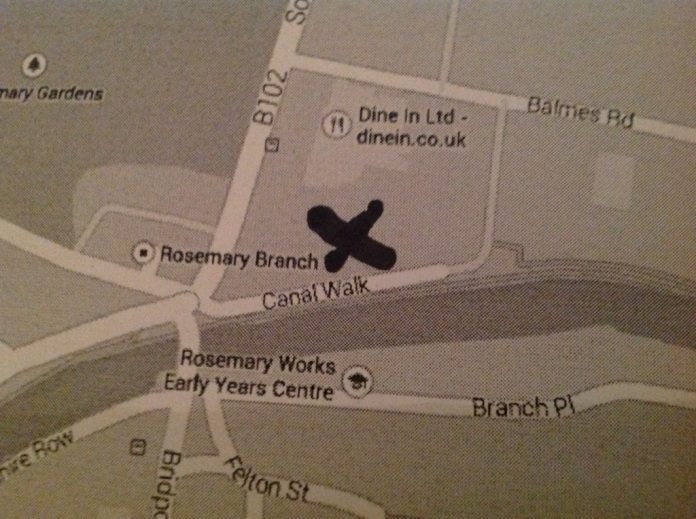
The next location was the Rosemary Gardens, where there is a big contrast in the surroundings. It is a beautiful garden full of green grass, trees and wooden benches to sit and absorb the nature. There is also an old cobble pathway leading into the garden, that was built in the 1800’s. There was also a football/ basketball pitch for people in the area to come together and play sport. Rachel asked her participants to go for a walk around the park for five minutes and get a feel of their surroundings, also to map any memory or observations on the way. When participants returned they had gathered some leaves and Blake had discovered there were gold pins pierced into one of the trees. This give myself and Rachel a confidence boost that our walk was quite entertaining and Solomon and Blake were interested and enjoying it. Rachel shared some of the facts about the Rosemary gardens and we all discussed how nice it was to have that garden amongst a busy, industrialised borough, where residents can benefit from the piece and quiet.
The walk continued to our next location The Rosemary branch, which is a theatre and bar. The pub does not open until so we were unable to go in and show participants around. I was disappointed with this because the owner was happy for us to do this and confirmed it, when we interviewed her on the history of the building. Rachel shared some personal knowledge on the building and allowed our participants to listen to the interview, we had recorded from the owner Cecilia. Our participants were shocked that there was an actual theatre above the bar and so many high-end performances were performed here.
Things we did on the walk to ensure the safety of our participants:
1. Used road crossings
2. All walks on the pavement
3. Stay a safe distance from the canal
4. Being aware of cyclists, and vehicles
We returned to the Proud activist, where we got the chance to watch everyone else’s work. Everybody did a really good job because all the projects were different but inspiring. After experiencing everyone else’s work I was ready to do another guided walk, but no one wanted to participate due to the weather. I had a feeling this was going to happen and it upset me because I feel we put so much work in, for only two people to participate.
What I could of done to prevent this:
1. Recorded the walk so participants could have viewed it in doors
2. Checked the weather and asked for a day that would benefit the walk
3. The day being organised so people leave their projects to do the walk
4. Advertised it better to the public and not relying on class mates so much
5. Everyone agreeing to be a supported participant to each other’s projects, so everybody had an equal amount of attention paid to their work
I am very pleased with the work myself and Rachel produced, it has been an interesting experience and I have learnt so much more about performance. We also had the opportunity to learn so much about an area that is, growing in population and new contemporary architecture. I believe we give an opportunity for people to realise there is so much history and heritage to this Borough and it is important not to forget it, amongst the new contemporary developments.
These are the maps created by our two participants mapping their memory:
